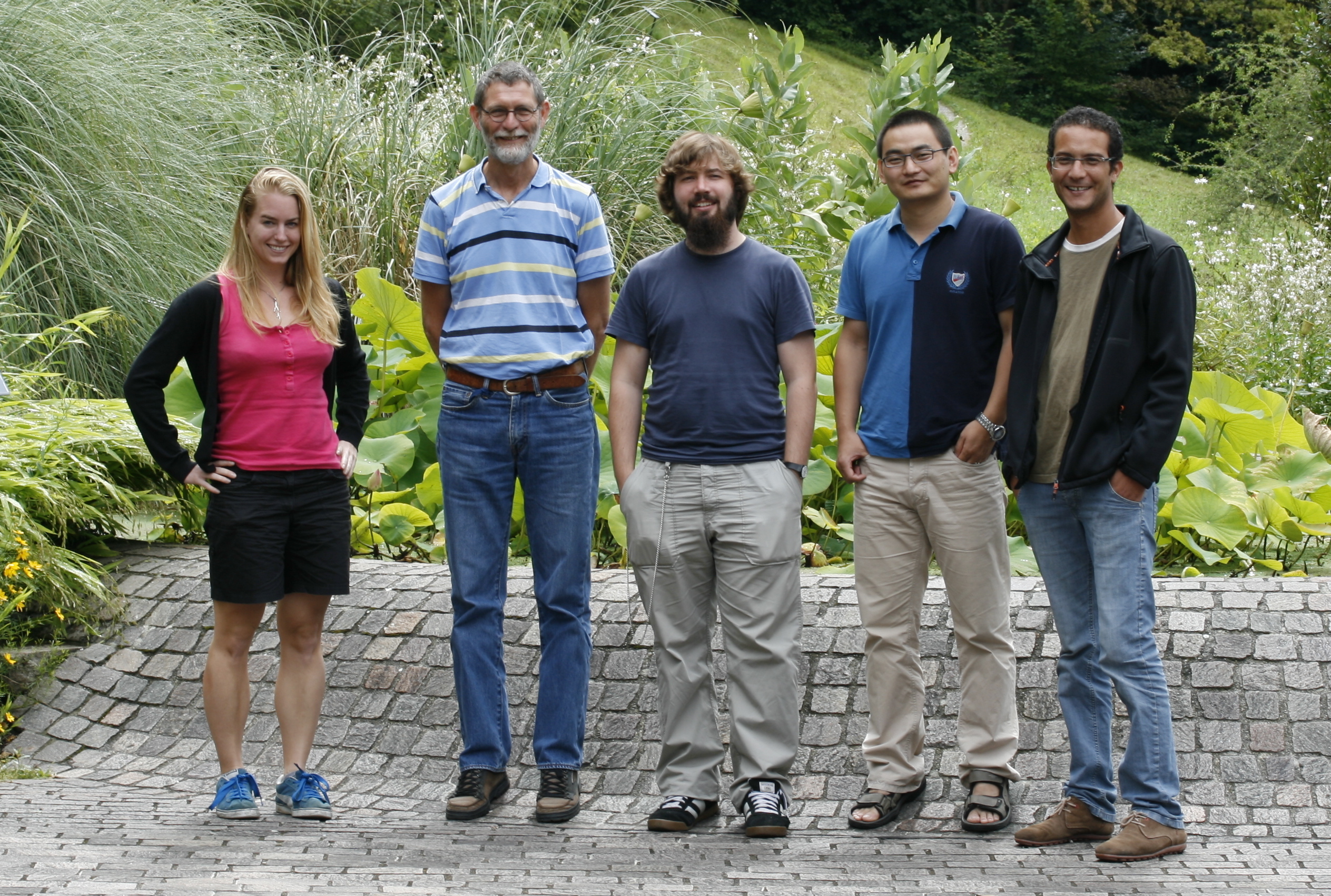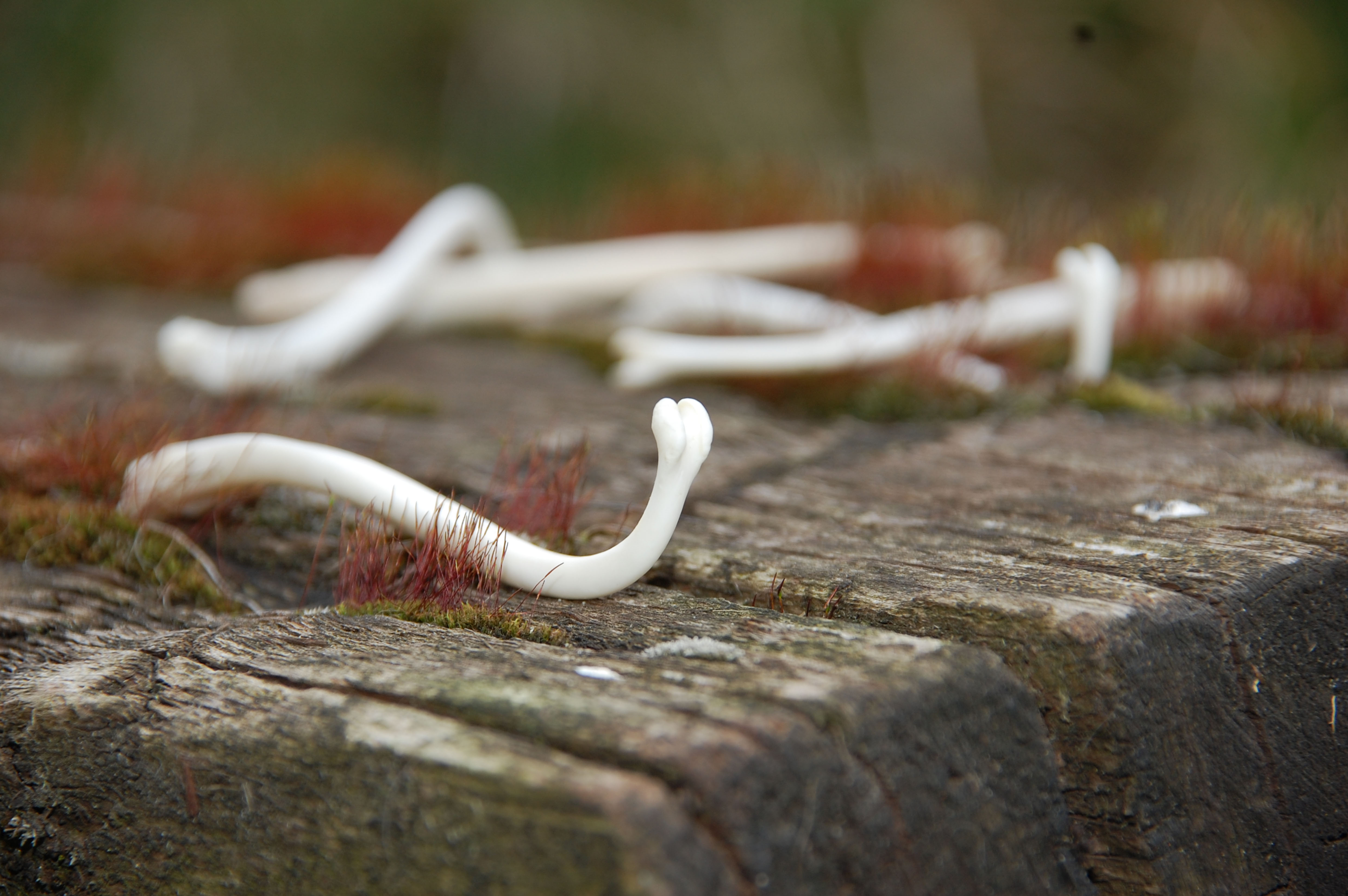

The two main portions of my dissertation research are still being worked at before they are ready for publishing, thus they are still under current research.

Testing whether taxa are monophyletic is an easy way to find potential clashes of a newly built phylogeny and current taxonomy. However, as we build larger and larger phylogenies, assessing monophyly manually for every taxon is becoming tedious and time consuming.
The R package MonoPhy allows a user to assess the status of taxa in a given phylogeny. It only requires a phylogenetic tree, where it extracts genus names from the tip labels and then quickly assesses their monophyly based on the tree topology. With a simple additional input file assigning tips to higher taxa, any other desired taxonomic level (i.e., family, order, etc.) can also be assessed. Summary tables, problematic taxa, and MRCA nodes can be displayed for any desired subset of the results (e.g. all species causing a certain genus to not be monophyletic), and different plotting options are also provided to allow a quick and simple visualization of the results.
Paper: Schwery & O’Meara 2016
A stable version of the package is available on CRAN, including the Tutorial Vignette and Manual, and can be installed via your CRAN mirror.
A developing version of the code is hosted on GitHub and anyone who wants to check out the newest changes/additions can download that version. Any feedback and suggestions are welcome via GitHub-issues or my Email. Installation instructions and more can be found in the Vignette.

During my M.Sc. and subsequent work as a Research Assistant in the Linder lab at the Institute of Systematic Botany in Zürich, I was part of the Cenozoic Angiosperm Radiations Group. We tested the hypothesis that the current diversity of angiosperms is the result of several radiations and whether those can be explained by the interaction of plant functional traits and the environment. For my thesis work and the resulting publication, I focused on the family Ericaceae.

The angiosperm family Ericaceae, has a worldwide distribution with ca. 4426 species in various habitats ranging from sea level to >5000m elevation. Mountains are often more species-rich than lowlands, either as a result of migration or differences in survival or diversification rates between lowlands and mountains. This system was used to test whether the interaction between specific leaf area (SLA) and montane habitats is correlated with increased diversification rates. A molecular phylogeny based on rbcL and matK sequence data from 450 species was built and dated using 18 fossil calibration points and molecular clock estimates in BEAST. Six largely montane radiations were found using BAMM, and higher diversification rates were shown by to be associated to both lineages in mountains and with low SLA, and the combination of both (as inferred by BiSSE and MuSSE). The results suggest that the species richness in mountains is the result of increased speciation rather than reduced extinction or increased immigration. Increased speciation in Ericaceae was facilitated by low SLA.
Paper: Schwery et al. 2015

In a synthesis on our combined work, we propose a conceptual framework which should help identifying the triggers of evolutionary radiations. We distinguish variables as extrinsic conditions and intrinsic traits and classify them as backgrounds, triggers or modulators based on their temporal relation to the radiation. Our empirical example on 13 diversification regimes across Ericaceae, Fagales and Poales suggests that while both extrinsic conditions and intrinsic traits are needed in radiations, their temporal order is irrelevant, as both can be backgrounds, triggers or modulators. Modulators could be shown to always be polymorphic, which we interpret as that they drive the already triggered radiation. This framework could allow us to gain clearer insights into the factors involved in evolutionary radiations and their specific roles.
Paper: Bouchenak-Khelladi, Onstein et al. 2015

During an internship supervised by Winand Brinkmann at the Palaeontological Institute and Museum in Zürich, I conducted a small undergraduate project on the morphometrics of the raccoon baculum. The project was in cooperation with Berit Michler and Frank-Uwe Michler from the “Projekt Waschbär” at the Institute of Forest Zoology of the TU Dresden.
The baculum, a heterotopic ossification in the penis, thus known as penis bone, is a common bodily structure among mammals. Its weight is commonly used for age determination in raccoons (Procyon lotor L.), especially to separate juvenile from adult individuals. The project aimed primarily at confirming that the previously observed relationship between weight of the baculum and age also holds for the raccoon population from Müritz-Nationalpark (Germany). Additionally, the analysis of allometric relationships between bacular traits and correlations with age, hind foot length and testicle mass aimed at revealing further aspects of bacular functionality and ontogeny.
Paper and Poster: Schwery et al. 2011